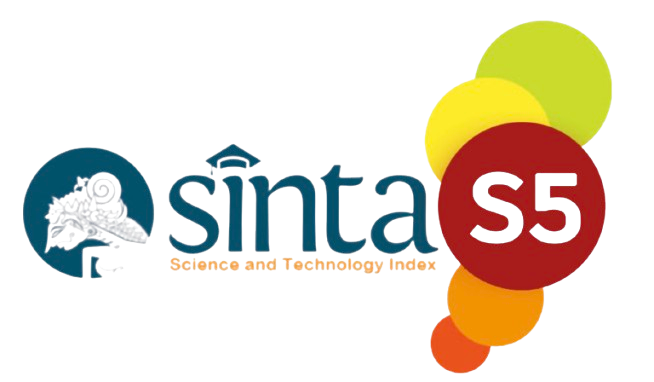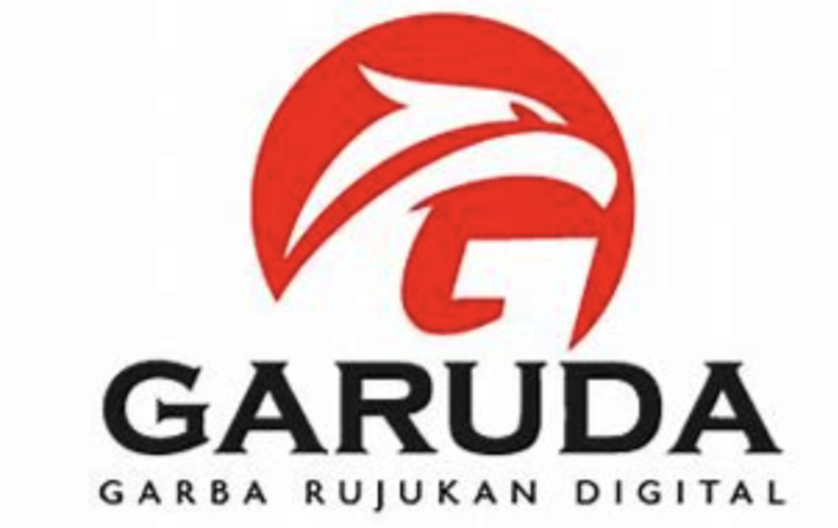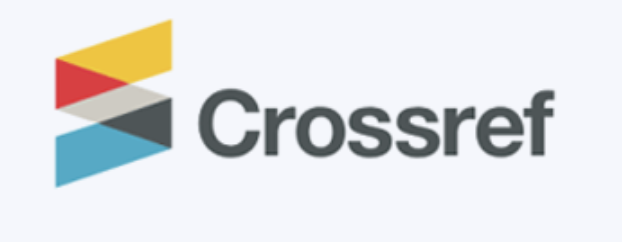The Use of Question Answer Relationship (QAR) for Improving Students' Reading Comprehension in Narrative Materials
DOI:
https://doi.org/10.52217/ijlhe.v5i1.873Keywords:
narrative text, reading comprehension, QAR strategyAbstract
The objectives of this research were to improve the students’ learning activity and reading comprehension by using Question Answer Relationship (QAR). It was a kind of reading technique where the students were given questions and found the correct answer based on the text. In this research, the writer used Classroom Action Research as the design in collected the data. The research implementation of research was in two cycles. The sample of this research was in one class only with 30 students. To get the data of research, the writer used observation sheet and reading test. The test used in this research was multiple choice consisted of 40 questions. The findings of this research showed Question Answer Relationship (QAR successful to improve students’ learning activity and reading comprehension. It can be seen from the average score of students’ learning activity and reading comprehension. The average score of students’ learning activity was increased from the first cycle 6.53 while in the second cycle 7.77, it was from less active to active criteria. Then, it was found that the average score in cycle 1 was 68.4 while in cycle 2 was 75.4. Therefore, the implementation of Question Answer Relationship (QAR) was successful to be used in improving the students’ learning activity and reading comprehension at the tenth grade of SMKN 1 Kalianda in academic year of 2021/2022.
References
Andeska, L. ., Sutiyono, A. ., Hastomo, T. ., & Angraini, N. . (2021). The Correlation of Vocabulary Mastery and Reading Interest with Quick Reading Ability . IJLHE: International Journal of Language, Humanities, and Education, 4(1), 50–58.
Fajeri, I. N. F., Surastina, S., Sutrisno AB, J. ., & Ajeng, G. D. . (2020). The Correlation of Vocabulary Mastery and Reading Motivation towards Reading Comprehension of the Fifth Grade Students in SDN 3 Tanjung Agung Katibung, Lampung Selatan. IJLHE: International Journal of Language, Humanities, and Education, 3(2), 1–8.
Hastomo, T. (2016). The Effectiveness of Edmodo to teach writing viewed from students’ motivation. In Proceeding of International Conference on Teacher Training and Education (Vol. 1, No. 1).
Hastomo, T. (2019). Schoology Effects on Students’ Writing Ability. Lentera: Jurnal Ilmiah Kependidikan, 12(1), 149–154.
Mardiana, M., Satria Jaya, W. ., & Marcela, E. D. . (2021). The Effect Of Using Image Media and Vocabulary Mastery on Narrative Composition Ability in Elementary School Students. IJLHE: International Journal of Language, Humanities, and Education, 4(2), 109–114. R
Raphael, T.E., & Au, K.H. (2005). QAR: Enhancing Comprehension And Test Taking Across Grades And Content Areas. The Reading Teacher, 59, 206-221.
Rodi, M., Permanasari, D. ., & Febriyanti, F. (2019). The Correlation between Diction and Scheme Mastery with Students’ Reading Comprehension at The Fifth Grade Students. IJLHE: International Journal of Language, Humanities, and Education, 2(2), 25–34.
Sadiku, L.M. (2015). The Importance of Reading Skill. Albania: European Journal of Language and Literature Studies.
Sartika, F. D., Afifah, N., & Anggraini, Y. (2020). The Correlation Between Students’ Reading Habit and Their Reading Comprehension. Jurnal Basis, 7(1), 207-216.
Yulistiani, E. ., Supriyono, S., Wicaksono, A., & Hastomo, T. . (2020). The Correlation between Vocabulary Mastery, Reading Habits, and The Students’ Writing Ability. IJLHE: International Journal of Language, Humanities, and Education, 3(1), 69–76.














